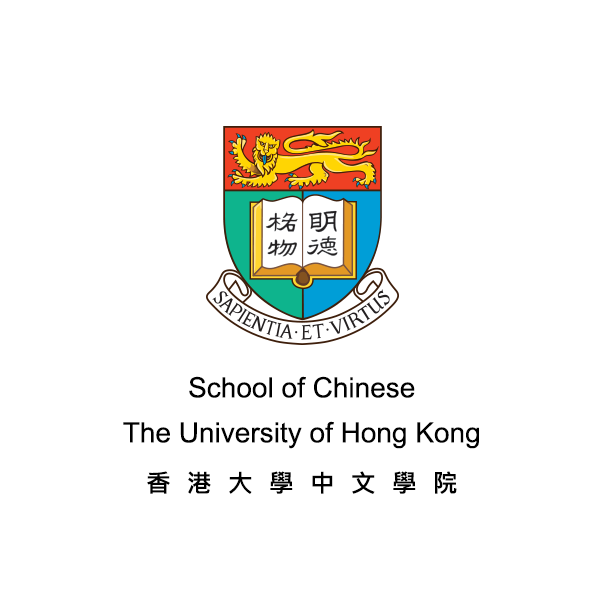Transcreating Memes: The Case of Chinese Concrete Poetry
2016 / 2017 School of Chinese Research Student Seminar
翻譯謎因和中文具象詩初探
Transcreating Memes: The Case of Chinese Concrete Poetry
陳永傑 Steven Chan
November 25, 2016 (Friday); 5:30-6:45pm
Room 730, Run Run Shaw Tower, Centennial Campus
Language: Putonghua
具象詩難以翻譯,但「可譯性」是相對概念:譯者若認定目標語的文字不能發揮原語文字聲形意俱備的特質,便不能翻譯文本,但目標語也能透過轉換感官意象來重塑效果。講者將借用翻譯學的「謎因」概念,將台灣著名詩人陳黎的四首中文具象詩轉譯成英文。過程中,譯者只要辨認隱含於原文文字裡的「文本謎因」,便可抽絲剝繭,把主題和形式置換至另一語言。此外,「謎因」翻譯也是對原文的回應,有助發掘目標語文字的聲、形、意創作空間。
Concrete poetry is often seen as inherently untranslatable. Untranslatability, however, is a relative notion: a text can be said to resist transfer into another language on the grounds that the referential value of its original words cannot be adequately communicated, but this does not prevent the text from eliciting an effectual response in another language. In this talk, we attempt to translate into English four concrete poems by renowned Taiwanese poet Chen Li to advance the idea of translation as meme transference. By (textual) memes, we refer to the thematic and/or formal economy of the source text that is fossilised in a particular configuration of signifying resources in the source text. Textual memes are abstract; they constitute the aesthetic logic or conceptual motif underlying a piece of writing – the DNA of the text as it were – and are instantiated by concrete discursive units, i.e. the actual words or structures (the ‘fossils’) we encounter in the text. As far as concrete poetry is concerned, translation responds to its source text by developing and extrapolating the textual memes built into the latter, and does so by way of activating resources in the target language.
ALL ARE WELCOME!








